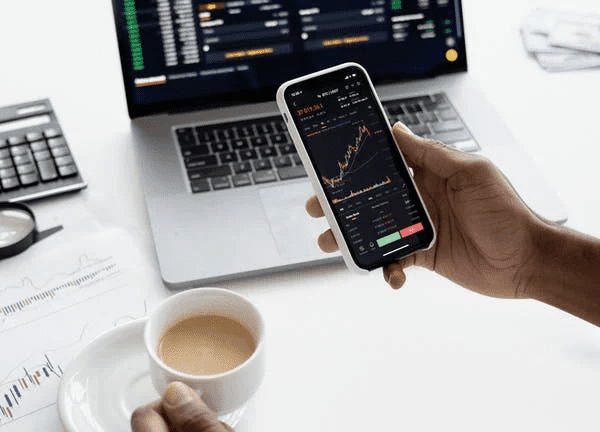As the securities markets continue to change and adapt to a turbulent global situation, many individual investors and traders want more information about how to trade options. There are dozens of reasons for getting involved in buying and selling derivatives, which is what an option actually is. Of course, like all other forms of investments, they come with risks as well.
What should you know before committing your capital to this method of trading? Step one is knowing the basic definitions and vocabulary. After that, review the general plan for how to proceed correctly. Those who are well informed about the pros and cons are more likely to be successful, which is true for forex, equities, and commodities enthusiasts too. Here’s a shortlist of the main points to understand before making your first foray into the arena.
What Options Trading Is
For anyone who wants to know how to start trading options, it’s imperative to learn the vocabulary, which is unique in the world of trading, and understand what the process is about. The fundamental fact is that an option is not a share of stock; it’s a contract to purchase 100 shares of stock (or some other amount of assets) for a fixed price on a predetermined date in the future. The one-sentence explanation sounds more complicated than the process actually is. Once you work through a basic example, the concepts fall into place.
When a trader buys an option’s contract on ABC Corp. shares at a strike price of $100, and the expiration date is Nov. 1, that means the contract must be exercised by that date, or it expires worthless. If the owner chooses to execute the contract before the stated date, then he/she can buy 100 shares of ABC stock for $100 per share. As is clearly evident, that hypothetical transaction could be profitable or not, depending on how the stock’s price moved from the day the contract was purchased.
How to Do It Right
The term premium is the amount you pay for the options contract, which gives you the right to buy the shares before the expiration date. If prices don’t go your way and you choose to let the contract expire, then your loss is the amount of the premium you paid. However, if prices move in your favor and you’re able to buy 100 shares at a below market price, then your profit equals the discount-per-share times 100, less the cost of the contract. It’s also helpful to know the terms in, at, and out of the money. In the money means if you execute the deal, you’ll earn a profit. Out is the opposite, and at means the deal will be a wash if it’s executed.
Steps for Success
There are three ways to maximize your chances of doing well in the long run when operating in this fast-paced area of the securities universe. First, do extensive research on any underlying asset for which you intend to purchase an option. Second, study several of the most common trading strategies. Some are quite complex, but there are two very simple ones for calls (contracts for which you are the potential buyer of the stock) and puts (where you’re the seller). Just remember that as a seller, you’re potentially on the hook for a theoretically much larger loss than when you are the potential buyer.
The Pros
Investors can leverage a vast amount of stock or another asset when they use options, and the premium paid is often minuscule compared to the potential profit. Additionally, traders can use the contracts to limit their risk in multiple ways. While many arrangements can be breathtakingly complicated, there are several strategies for beginners that can keep risks low and allow for a good deal of leverage. For newcomers, an option is one way to control a large volume of assets for a low price.
The Cons
Calls, puts, premiums, and expiration dates can get tricky, especially when traders attempt to use one of the many sophisticated strategies for keeping risk as low as possible and aiming to maximize potential profits. It’s important to gain significant experience before attempting to venture away from the most basic approaches. The concept of time decay can sneak up on investors because expiration dates move closer as time passes and values decrease. Plus, the spreads on buy-sell prices tend to be much higher than on traditional shares. Besides, it can often be tough to locate clear analytical charts and detailed information about some contracts.














